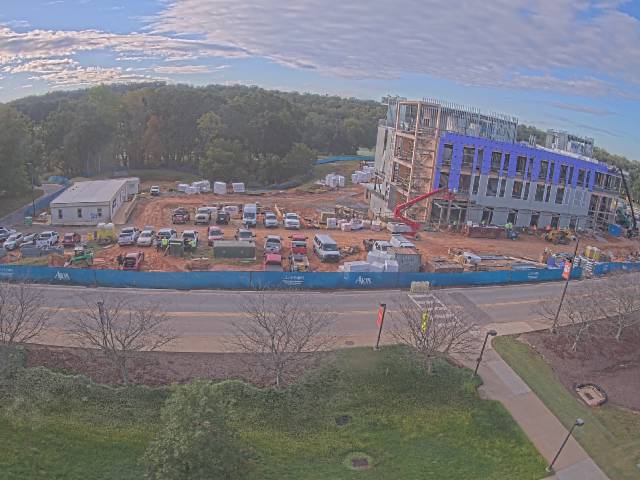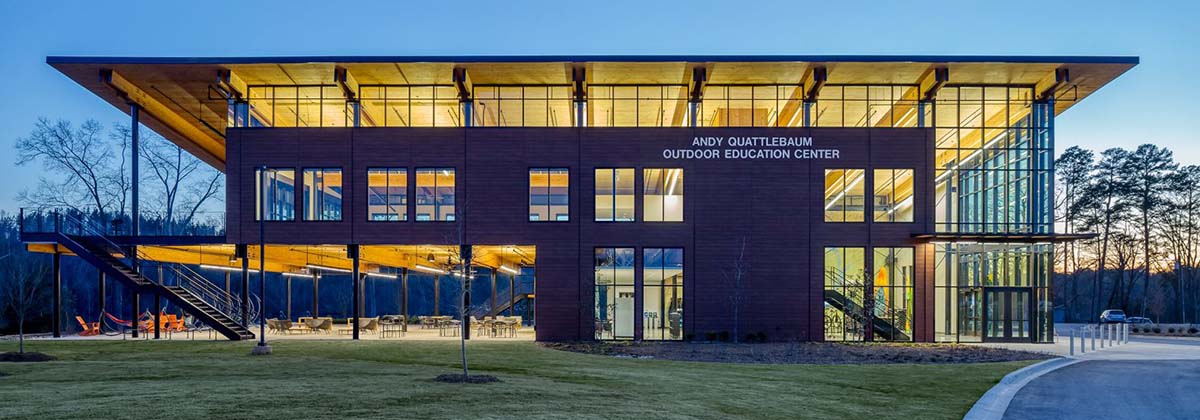
Clemson University's Wood Utilization + Design Institute (WU+D) is a multidisciplinary engine of innovation where foresters, architects, engineers, constructors and building industry stakeholders coalesce to design advancements in wood-based construction materials to compete with steel, concrete and other materials currently used in nonresidential construction.
If you are interested in becoming a founding partner or member of the Institute please contact Pat Layton.
-
What We Do
WU+D forges new markets and grows South Carolina’s $21 billion forest products industry by:
- Drawing new business and industry to South Carolina;
- Providing education and training, research and development, and direct marketing of wood-based technical solutions;
- Developing forest management protocols to grow trees with higher quality fiber;
- Engineering groundbreaking manufacturing and construction processes for wood-based products, resins, adhesives, and fasteners.
WU+D also enhances the educational and career opportunities of Clemson students by:
- Preparing the next generation of architects, engineers, foresters, and material and wood scientists;
- Creating an experiential learning environment where students test products they have developed through installation in prototype buildings;
- Attracting undergraduate Creative Inquiry teams to engineer innovative wood products that meet the needs of the building construction industry;
- Fostering collaborative research connecting Clemson's main campus with its statewide research and public service centers.
-
How To Become A Member
The Clemson University Wood Utilization + Design Institute (WU+D) seeks to partner with industry to support research and education that will increase the use of wood products in the United States. As a partner for the WU+D, DPR will have the opportunity to take a leadership role in contributing to the vision and direction of the Institute. Visit our Partners Page to learn more.
Partners - Related Departments

Sponsored By: Department of Forestry and Environmental Conservation

